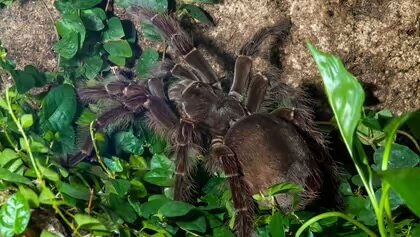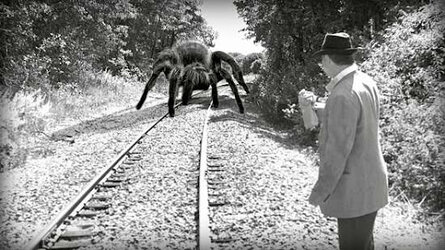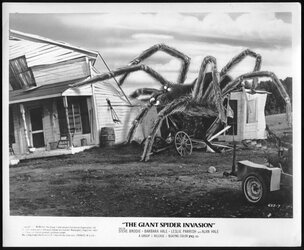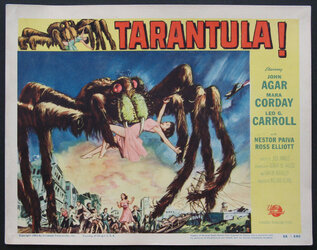By Jesslyn Shields - how stuff works - May 27, 2024
Key Takeaway:
- The Goliath birdeater spider, native to South America's rainforests, is the world's largest and heaviest spider, with a leg span reaching up to 12 inches (31 cm). [...]

"The Goliath birdeater spider (Theraphosa blondi) weighs in as the world's largest and heaviest spider.
"In the fascinating and often misunderstood world of arachnids, the biggest spiders in the world stand as giants among their kin, sparking both awe and apprehension. These eight-legged creatures, ranging from the Goliath birdeater to the giant huntsman, showcase an astonishing diversity in size, habitat and behavior.
While they may incite fear due to their impressive dimensions, these spiders play crucial roles in their ecosystems and have become subjects of significant scientific interest and study.
Well, this spider (sometimes misnomered the Goliath bird-eating spider) is huge, but it doesn't eat birds often enough to warrant the name. But at least half of the Goliath birdeater's name is accurate because it's a real giant.
It's the world's largest spider — and the heaviest. Native to South America's rainforests, the Goliath Birdeater weighs as much as a hockey puck, with a body the size of a midsized smartphone and a leg span reaching up to 12 inches (30 centimeters).
Although it has an intimidating name and size, this spider species is relatively harmless to humans. Its venom isn't highly toxic to us, so, to protect itself, it employs unique defensive tactics.
When threatened, it releases irritant hairs from its abdomen and makes a distinct sound by rubbing its legs together — a process known as stridulation, similar to the chirping of crickets. It can be heard by humans and animals alike from up to 15 feet (4.6 meters) away.

While the birdeater rarely preys on birds, insects, frogs and small mammals are on the menu for this behemoth. As a ground hunter, it uses its potent neurotoxin to immobilize prey on the ground before dragging it back to its burrow for a private feast. The neurotoxin liquefies the prey's insides, which the spider then consumes.
In the exotic pet trade, these spiders [which I believe are very expensive], are valued for their size and longevity, with females living up to 20 years — significantly longer than their male counterparts, which can live up to six years in captivity. [...]".
Works Cited: World's Largest Spider
Last edited:










